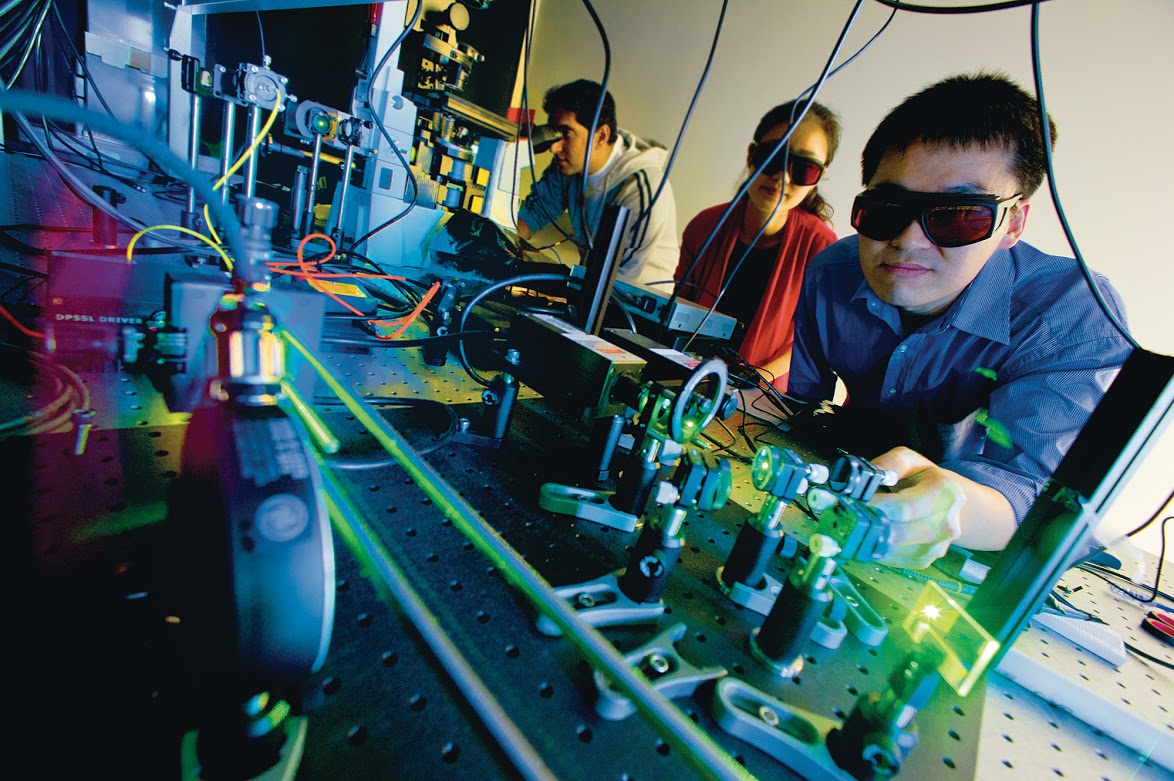When the question is, “what’s in a name?” the answer can be unclear when the name is Tier One.
The recent announcement that three North Texas universities were elevated to the prestigious R-1: Doctoral Universities – Highest Research Activity status by the Carnegie Classification of Institutions of Higher Education, reopened the conversation about DFW schools reaching Tier One status.
That’s the designation that puts a university at the top of the heap in higher education, the envy of institutions that aspire to reach that goal.
DFW universities have been chasing the elusive Tier One title for many years, and the Carnegie Classification inclusion elevates the University of Texas at Dallas, the University of Texas at Arlington, and the University of North Texas to an elite level for research universities.
Carnegie added the DFW schools to its list of 115 top research universities this year, along with Texas Tech University in Lubbock. It’s the highest ranking Carnegie can bestow. The four new Texas schools join the University of Texas at Austin, Texas A&M University, Rice University and the University of Houston on Carnegie’s list.
The Carnegie ranking is prestigious, but does it mean the DFW schools have reached the top of the mountain, or are they just one step closer to reaching the apex of the higher education world?
The answer: They’re still climbing.
“I think the bottom line is that there are quite a few definitions as to what Tier One is around the nation,” said Geoffrey Orsak, executive director of Texas Research Alliance
And, they’re doing it in an environment in which there is confusion in many quarters about what true Tier One status actually is.
“I think the bottom line is that there are quite a few definitions as to what Tier One is around the nation,” said Geoffrey Orsak, executive director of Texas Research Alliance
Carnegie, for example, does not assign a ranking in its Classification, but the recognition alone has the potential to boost each school’s ability to raise more research money, add better students and more faculty, promote innovation, and increase its reputation. But it’s just one piece of the Tier One pie of which North Texas universities want a bite, albeit an important piece.
“They don’t rank them in their categories, so you couldn’t say that you’re in the top half of their rankings,” Orsak said.
Duane Dimos, Ph.D., vice president of research at the University of Texas at Arlington, said that the Carnegie recognition is “an essential next step in our evolution to become a leading comprehensive university that is characterized by outstanding education programs, world-class research, and service to the community.”
Dimos said the recognition already has had an impact.
“Colleagues at other top universities took notice of this achievement and have sent their congratulations,” Dimos said. “In addition, faculty candidates we are currently recruiting have commented on achieving this milestone as being important to them as they make their decisions. Funding agencies and students being recruited for Ph.D. programs also take notice of the Carnegie Classification.”
UTA President Vistasp M. Karbhari said the designation could result in an economic boost for North Texas.
“Thriving research universities foster economic development by infusing their regions with technology, knowledge and talent,“ Karbhari said in a release.
UT Dallas interim President Hobson Widenthal said that the honor will have lasting benefits for his school.
“Our inclusion in this highest classification of research activity is an expected result of the increased size of the UT Dallas faculty and the commensurate increase in our research funding and expenditures,” Widenthal said in a release.
“Thriving research universities foster economic development by infusing their regions with technology, knowledge and talent,“ said UTA President Vistasp Karbhari
The University of North Texas in Denton pointed out that being ranked in the Carnegie Classification is, in part, one of the ways a university can be called a Tier One school.
“We moved up in the Carnegie classifications by staying true to our roots as an institution focused on creativity as expressed through our research, scholarship and educational activities,” UNT President Neal Smatresk said in a release. “It’s going to help us recruit students, it’s going to help us recruit faculty,” he said in a video on the university’s website.
The announcement that the three DFW schools were added to the Carnegie Classification puts Dallas-Fort Worth in a unique spot with more top research institutions on that list than any other metropolitan area in the state, one ahead of Houston, the home of Rice and the University of Houston.
It’s also the first time that the DFW schools have been put in the conversation as so-called Tier One schools.
In general, Tier One schools are top universities that spend the most on research and have superlative reputations. There’s more than one way to earn a Tier One ranking.
Some consider $100 million in research funding to be the threshold for a true Tier One university.
In 2014, UT Dallas spent roughly $100 million on research, while UNT spent $44 million, and the University of Texas at Arlington spent $78 million.
Orsak said that lofty spending threshold is one of the key elements of Tier One.
“One hundred million dollars is the magic number for a public institution,” he said.
While the Carnegie Classification is considered by some as a Tier One recognition in research, the actual title is a more undefined one that some have attached to being among the Top 50 universities in the U.S. News & World Report annual rankings, for instance. Orsak agrees that a US News Top 50 ranking places a university at Tier One status, and shows that “they’re truly outstanding.”
None of the four Texas universities recently added to the Carnegie list are ranked by U.S. News & World Report in its top 50.
Orsak said the DFW schools should push to be among that elite group — something that won’t be easy.
“To get into the Top 50, one of those Top 50 will have to drop out, and they’re all trying to move up,” he said.
Orsak said the most prestigious Tier One ranking is the invitation-only, 62-member Association of American Universities, of which UT Austin, Texas A&M and Rice University are the only Texas members. UT Austin and Texas A&M are public universities, while Rice is private.
Another Tier One recognition is from the Center for Measuring University Performance, which issues Top American Research University reports. No Texas university ranks in the top 25 of the center’s most recent overall national rankings, but UT Austin is in the organization’s Top 25 for public universities.
The Carnegie Classification will spur the DFW universities to continue working toward being among the nation’s best at offering a comprehensive education.
“To be a great university, you need to have a world-class research program and we are committed to that goal,” UTA’s Dimos said. “As we continue to grow research, enhance opportunities for students to be involved in research, and ensure our research positively impacts the region, state, nation, and the world, I know we will meet other milestones,” he said.
Dimos said his school recognizes that there’s still work to be done.
“The next milestone we look to achieve is becoming a Texas Tier One research university,” he said.
Orsak said the next step each school likely will take is to increase the number of top-ranked graduate research programs each has on campus because that is a way to drive an increase in the number of top graduate students attending the school.
For a daily dose of what’s new, now, and next in Dallas-Fort Worth innovation, subscribe to our Dallas Innovates e-newsletter.

































